Sarada Vishnbhatla speaks to Prashant Kumar, Co-Founder & CEO, zingbus to understand how he and his two partners have conceptualized their tech-enabled bus ticketing platform to offer affordable, comfortable travel for the masses and assured revenue to bus operators. A tall order, for sure, since the young company ran into the economy and travel-crippling COVID pandemic early in its life. Post pandemic, zingbus has zoomed forward leaving competition in the dust.
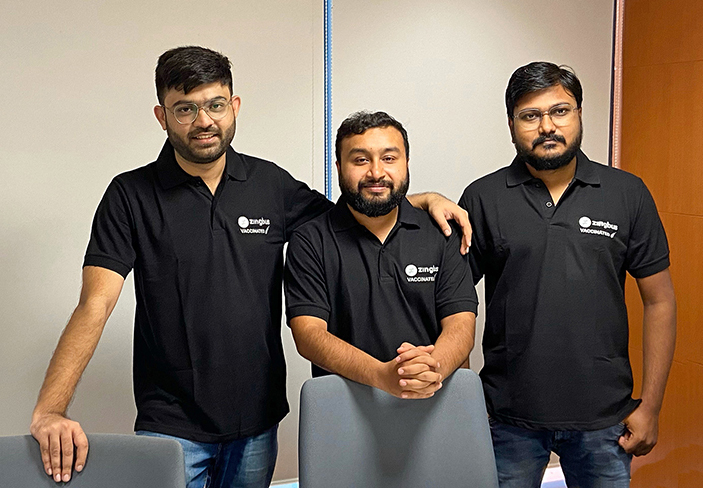
It may be counterintuitive to know that within a few months of its birth, zingbus ran into trouble as did the entire world. It was the economy-travel-life-in-general-crippling COVID pandemic. The time when companies were shutting down businesses, fleet operators left clueless, and the downward spiral of economy, zingbus held strong. Prashant Kumar, Ravi Kumar Verma and Mratunjay Beniwal – the co-founders of the full-stack technology-enabled fleet of intercity buses– were nurturing this particular baby for a few years prior to launching in 2019.
Prashant Kumar, Co-Founder & CEO shares: “COVID pandemic gave us an opportunity to demonstrate what we are capable of which has helped us create trust amongst the operators. We supported them by putting them on one platform and optimizing availability of buses, schedules and cost. The buses were out of use for so long, they had fired their manpower and people in general were extremely cautious in venturing out. We could create trust with operators at this crucial time.”
The intercity bus travel market in India is worth US $ 15 billion. And, zingbus helps operators using comprehensive technology helping them offer quality service to passengers on time. The technology layer that the trio have created is two-fold – one, the tools enable them to execute real-time tracking of the buses, and two, easing boarding process for the passengers by giving them digital access to boarding and drop points. On the other hand, zingbus helps the service providers to execute their job in a more responsible and more organized way.
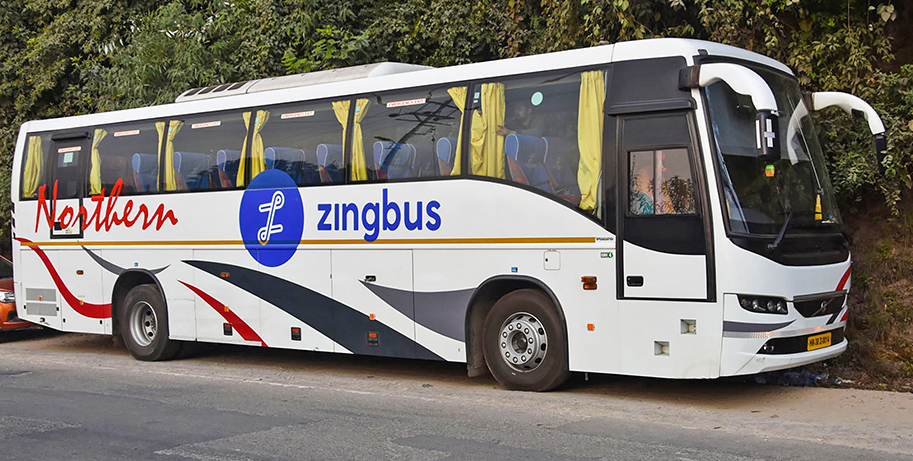
Prashant adds: “We give real-time guidance so that they can board the bus in a seamless fashion. The best part is that now we are able to offer this at scale. Currently, we are operating in more than 350 cities in 13 states. Roughly 250 buses are using our platform serving 7000-8000 passengers daily. We are predominantly in North India, and are developing our network in the West. Our near future plans include entering southern India which holds two-thirds of the market.”
Zingbus is working towards standardizing ‘during the journey’ experience. The team plans to add about 50 new buses every month to their fleet and run more than 1000 buses by the end of 2022.
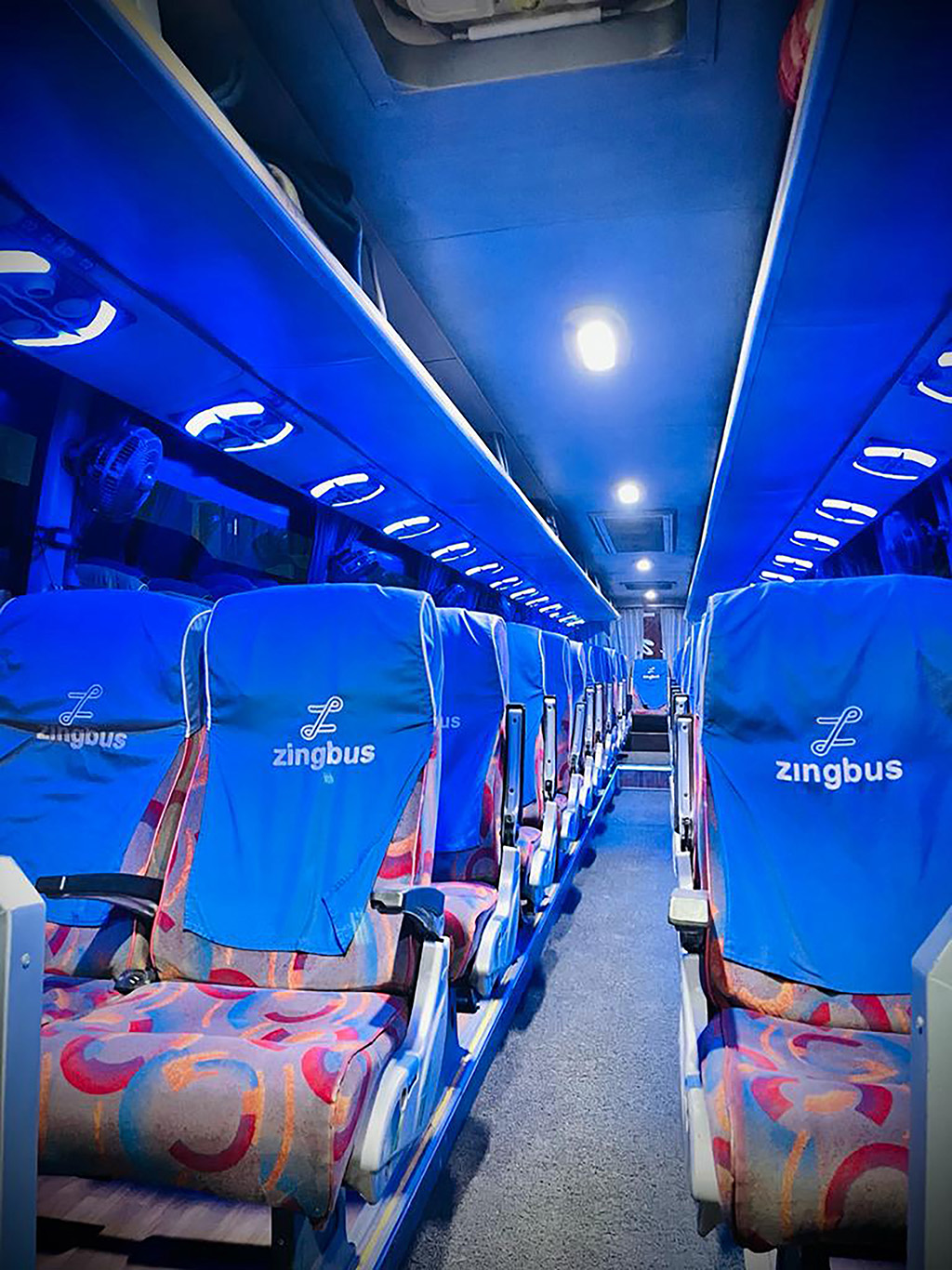
Prashant explains the feedback mechanism: “Take for example issues like seat recliner not working properly or AC vents have a problem. Most often, such issues tend to fall through without getting rectified. Our feedback mechanism raises a ticket the moment a passenger registers a complaint. Then, it gets integrated into the portal so that it can be resolved during the maintenance of the bus.”
Standardizing Service Quality
zingbus is not only bridging the gaps in service in this market but is also raising the bar for others to play catch up. All this while improving the yield for the bus operators and also keeping prices affordable for the passengers. More than 80% of the seats on Interstate buses in India are sold through offline channels as online options in tier-2 and 3 cities are either slim or are not there. zingbus is preparing to offer these options in a big way.
He explains: “On an average, an interstate bus in India runs for about 325 kilometers per day. Our global counterparts cover double this distance. India witnesses poor utilization not because of the lack of infrastructure anymore but because of problems in network planning. The bus operators are not proficient enough to do so and we are now helping them by predicting demand based on the data we collect from online travel agents.”
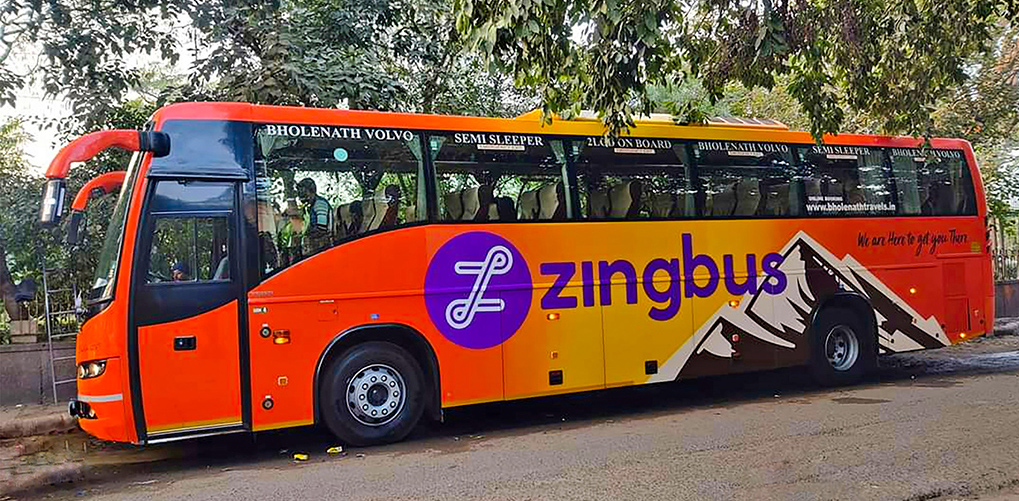
Since the markets opened up post the 2 waves of the pandemic, zingbus has launched 4 premium lounges across Delhi, Manali and Ahmedabad. Their plan is to add 35 more by the end of this year.
Connecting With End Users
zingbus services are available on almost all online ticketing platforms. The team relies on the recall value of the passengers for them to download the zingbus app for a more personalized service. As per Prashant, approaching the operators initially was difficult and hence the zingbus team have had to offer minimum guarantees to them. But soon, the tide changed for them.
He remembers: “One of our initial clients was a popular fleet operator from Punjab with over 160 buses. We requested them to work with us using only 2 buses. Eventually, they liked the fact that we were able to get them a good and assured ROI that they put 28 buses on our platform. They recommended us to others and we could further grow our supply network.”
Advantage zingbus
Building a strong technology-backed solution with an aim to offer consistent, predictable and qualitative experience and services to both passengers and operators is what zingbus is geared up to from the start.
Prashant states: “We want to ensure that the buses run like clockwork and the passenger is given bus status information down to the minute, including any possible delays enroute. We are also exploring if we can change the route of the buses in a dynamic way.”
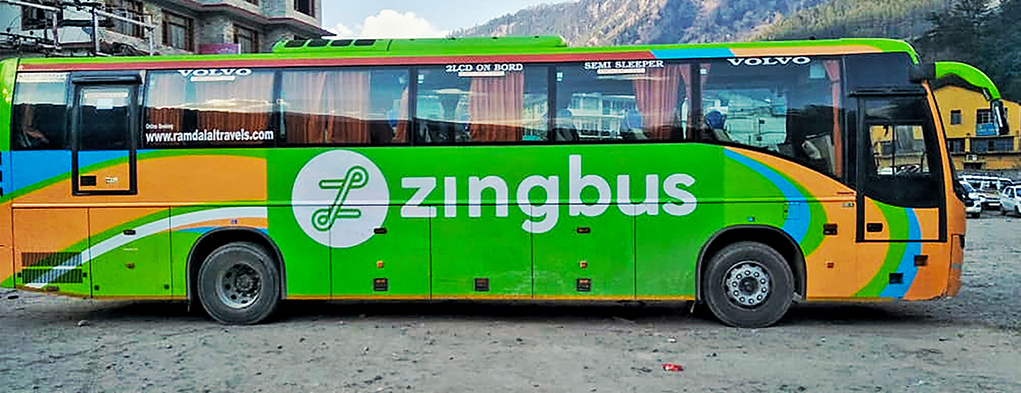
zingbus is working towards weaning passengers away from other options of travel such as trains or metro rails by offering passengers easy, comfortable and seamlessly-connected services.
Milestones To Achieve
Prashant and his partners have set a milestone to achieve for themselves which is rope in 5000 buses in the next 3 years. They want to evolve their platform into a multi-modal point-to-point connectivity service that includes the first and last miles. Additionally, with electromobility booming, zingbus has plans to run a robust share of the 5000 buses down the line using electric buses, making it even more affordable for the mass travellers.
He explains: “We want passengers to travel from the point of origin to the destination on one single ticket using our platform. And, we are going to partner with car aggregator service providers to make this happen.” All that is required is network planning, dynamic pricing and optimization for occupancy. And, zingbus is all set to vroom ahead.